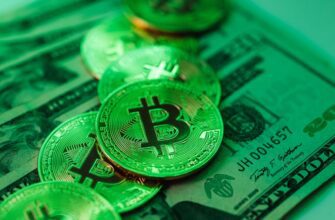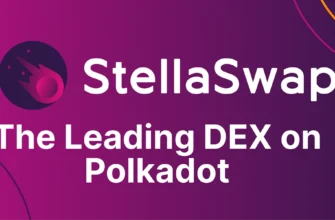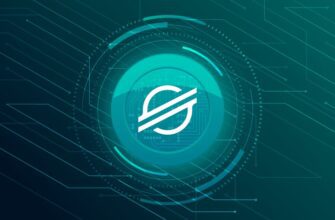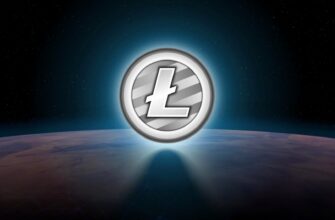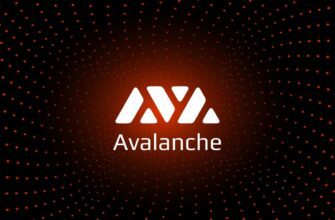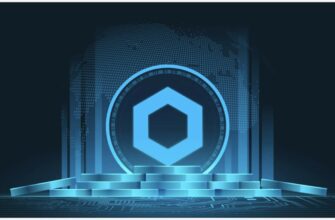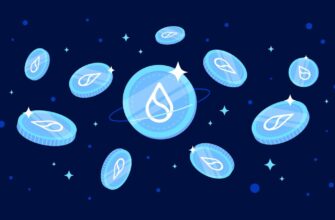- What is Solana (SOL)?
- How Does Solana Work?
- Key Advantages of Solana
- ✅ 1. High-Speed Transactions
- ✅ 2. Extremely Low Fees
- ✅ 3. Scalable Architecture
- ✅ 4. Developer-Friendly Ecosystem
- ✅ 5. Active Community and Ecosystem
- Disadvantages of Solana
- ❌ 1. Network Outages
- ❌ 2. Centralization Concerns
- ❌ 3. Less Battle-Tested Than Ethereum
- What is the SOL Token Used For?
- Is Solana a Good Investment?
- Final Thoughts: Is Solana the Future of Blockchain?
What is Solana (SOL)?
Solana is a high-performance, open-source blockchain platform designed to host decentralized applications (dApps) and crypto projects at scale. Known for its blazing-fast transaction speeds and low fees, Solana has rapidly become one of the most popular alternatives to Ethereum.
The native cryptocurrency of the Solana network is SOL, which is used for transaction fees, staking, and governance. Since its launch in 2020, Solana has attracted developers, investors, and users looking for a more scalable blockchain solution.
How Does Solana Work?
Solana stands out from other blockchains because of its unique Proof of History (PoH) consensus mechanism combined with Proof of Stake (PoS). Here’s a simple breakdown:
- Proof of History (PoH): This innovation timestamps transactions before they are added to the blockchain, enabling the network to process thousands of transactions per second (TPS) efficiently.
- Proof of Stake (PoS): Validators are chosen based on the number of SOL tokens they stake, securing the network while consuming significantly less energy than Proof of Work (used by Bitcoin).
Together, these technologies allow Solana to achieve high throughput without sacrificing decentralization or security.
Key Advantages of Solana
✅ 1. High-Speed Transactions
Solana can handle over 65,000 transactions per second (TPS), making it one of the fastest blockchains in the industry. This performance is critical for real-time applications like gaming, trading platforms, and DeFi.
✅ 2. Extremely Low Fees
With average transaction costs of less than $0.01, Solana is ideal for microtransactions and high-frequency trading. This is a significant improvement over Ethereum, where gas fees can often spike during network congestion.
✅ 3. Scalable Architecture
Solana doesn’t require layer-2 scaling solutions. Its native design is built for scalability, supporting a growing number of dApps and users without compromising performance.
✅ 4. Developer-Friendly Ecosystem
With support for popular programming languages like Rust and C, plus a growing list of tools and documentation, Solana is increasingly attracting developers to build on its platform.
✅ 5. Active Community and Ecosystem
Solana boasts a vibrant community and a rapidly expanding ecosystem of projects across DeFi, NFTs, gaming, and Web3. Notable platforms include Serum (DEX), Magic Eden (NFT marketplace), and Phantom Wallet.
Disadvantages of Solana
❌ 1. Network Outages
Solana has experienced several network downtimes and outages in the past due to overwhelming traffic and bugs. These incidents raise concerns about the network’s reliability and decentralization.
❌ 2. Centralization Concerns
Although Solana uses a Proof of Stake mechanism, some critics argue that validator concentration could pose centralization risks. A small number of powerful validators can influence the network.
❌ 3. Less Battle-Tested Than Ethereum
Solana is relatively new compared to blockchains like Ethereum or Bitcoin. While it’s gaining traction, it hasn’t yet faced the same level of long-term scrutiny and stress testing.
What is the SOL Token Used For?
The SOL token plays a central role in the Solana ecosystem:
- Transaction Fees: SOL is used to pay for smart contract execution and transfers.
- Staking: Token holders can stake SOL to help secure the network and earn rewards.
- Governance (Future): While not yet fully implemented, SOL may be used for on-chain governance decisions in the future.
Is Solana a Good Investment?
As with any cryptocurrency, investing in Solana carries risks and rewards. Its technological advantages, strong developer interest, and growing adoption are all promising. However, network reliability and competition from other blockchains should be considered.
Always do your own research (DYOR) and consider your risk tolerance before investing.
Final Thoughts: Is Solana the Future of Blockchain?
Solana has positioned itself as a top-tier blockchain platform by solving some of the biggest problems in the crypto world—speed, cost, and scalability. While it’s not without its challenges, the rapid growth of the Solana ecosystem indicates strong long-term potential.
Whether you’re a developer, investor, or blockchain enthusiast, Solana is definitely a project worth watching.

